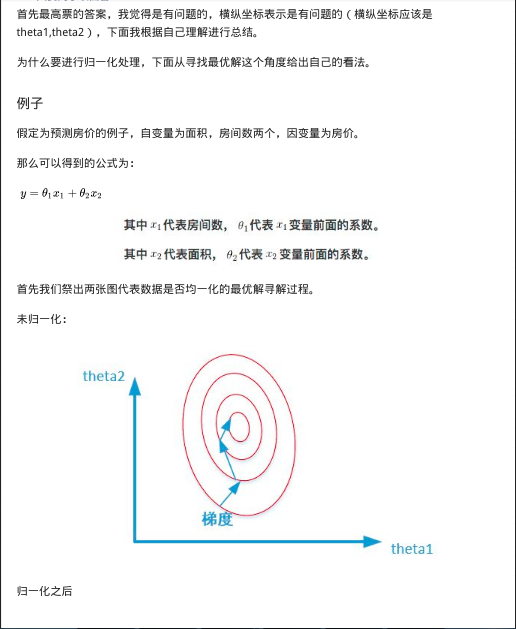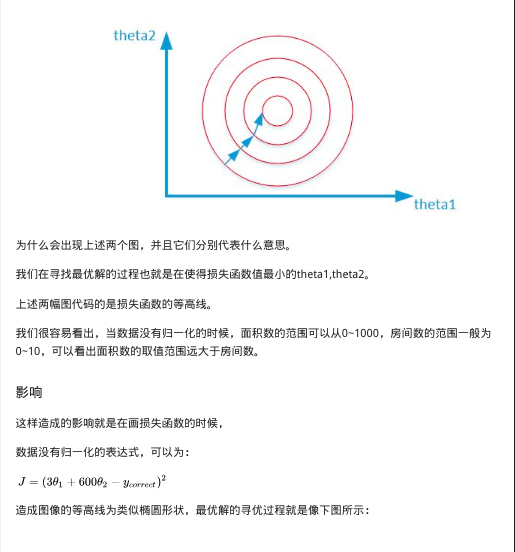原文链接:https://segmentfault.com/a/1190000015283224
我们处理feature的时候往往先要normalize encoding,使用python可以很容易做:
from sklearn import preprocessingfrom scipy.stats import rankdatax = [[1], [3], [34], [21], [10], [12]]std_x = preprocessing.StandardScaler().fit_transform(x)norm_x= preprocessing.MinMaxScaler().fit_transform(x)norm_x2= preprocessing.LabelEncoder().fit_transform(x)print('std_x=\n', std_x)print('norm_x=\n', norm_x)print('norm_2=\n', norm_x2)print('oringial order =', rankdata(x))print('stand order =', rankdata(std_x))print('normalize order=', rankdata(norm_x))
其中preprocessing.LabelEncoder().fit_transform(x)就是做normalize encoding,上面的程序输入如下:
std_x=
[[-1.1124854 ]
[-0.93448773]
[ 1.82447605]
[ 0.66749124]
[-0.31149591]
[-0.13349825]]
norm_x=
[[0. ]
[0.06060606]
[1. ]
[0.60606061]
[0.27272727]
[0.33333333]]
norm_2=
[0 1 5 4 2 3]
oringial order = [1. 2. 6. 5. 3. 4.]
stand order = [1. 2. 6. 5. 3. 4.]
normalize order= [1. 2. 6. 5. 3. 4.]
可以看到normailize之后的结果是 [0 1 5 4 2 3]。这样做的好处是什么呢?
下面图片转自知乎(https://www.zhihu.com/questio…)



